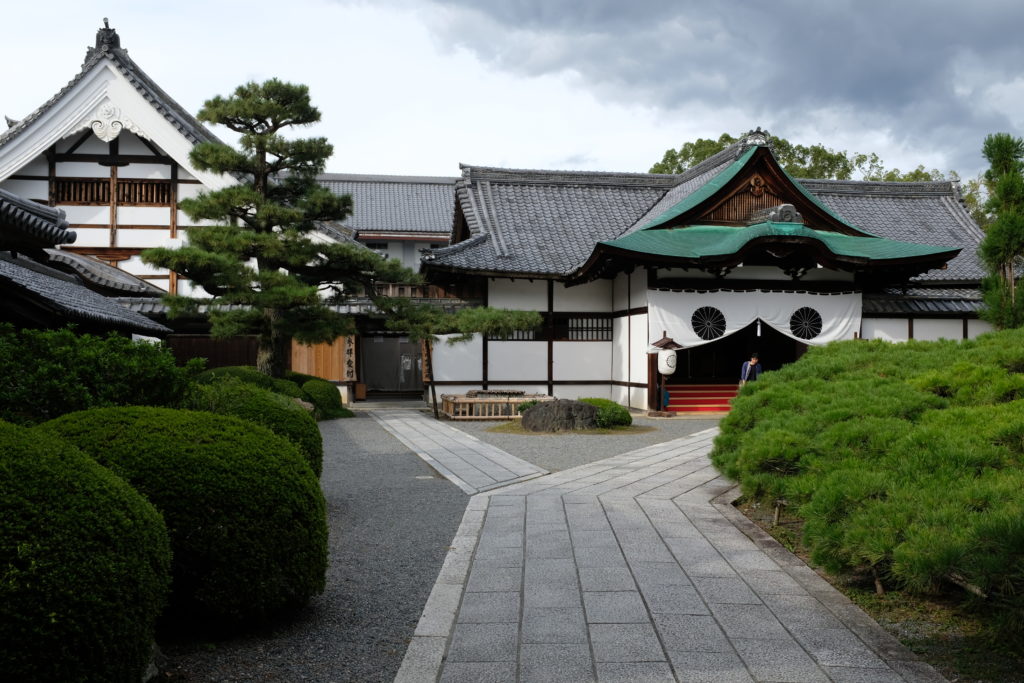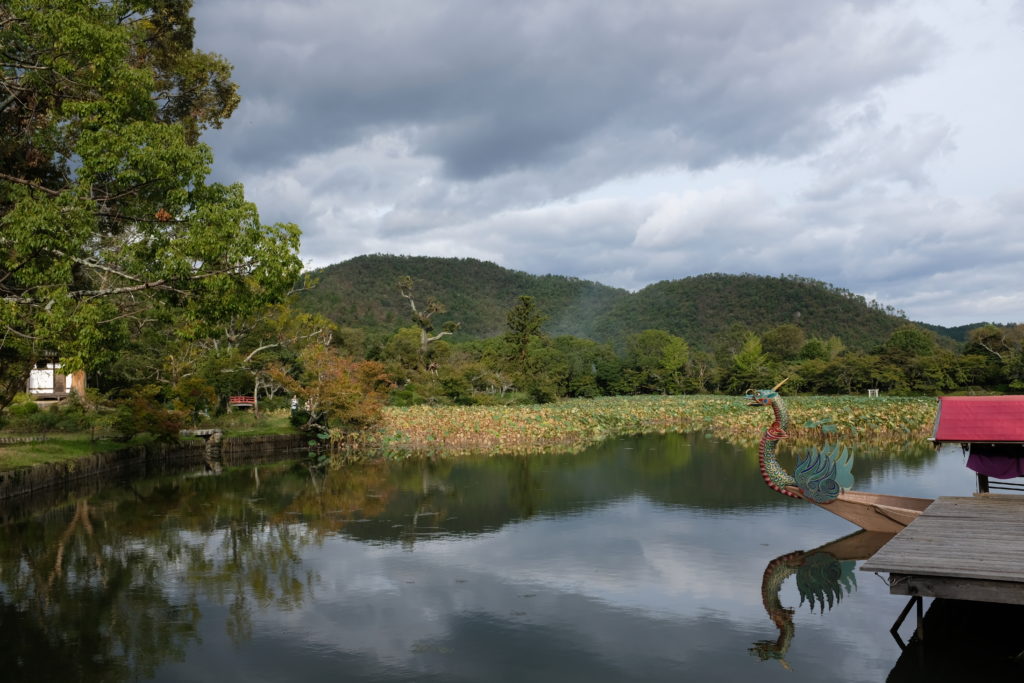The Saga Goryu can be traced back to its founder, the Japanese Emperor Saga (reigned from 809 to 823). Until this day, it has kept as its headquarters the former imperial summer palace, later known as the Daikakuji temple in Kyoto. The priest-princes of the Daikakuji have formed the core of Saga Goryu for generations and one of them always bore the office of Grand Master. Today it is the Chief Abbot who holds this position, a layman being appointed as Head Teacher.

Saga Goryu is based on five main styles: Seika, Heika, Moribana, Shogonka and new, Shinshoka. The Seika, which is the classical type, based on Heaven, Earth and Man, was created for decoration of the tokonoma (the japanese alcove) and is used to honour guests or for ceremonies at home. Heika and Moribana are arranged more freely. They are based on the beautiful, natural landscapes of the Saga neighbourhood surrounding Daikakuji and are suitable for any occasion, be it as Chabana, to accompany the Tea Ceremony, or as Bunjinbana, a flower arrangement which poetically expresses an atmosphere. The Shogonka is the dignified and solemn style which has developed form the original religious flower offering for the altar of the Buddha, and is used for auspicious and ceremonial occasions. It is based on the tenets of the esoteric Rokudai philosophy of Shingon Buddhism. The newest style, Shinshoka, attempts to interpret the essential basics of the Saga Goryu but uses a few carefully selected materials as possible.

